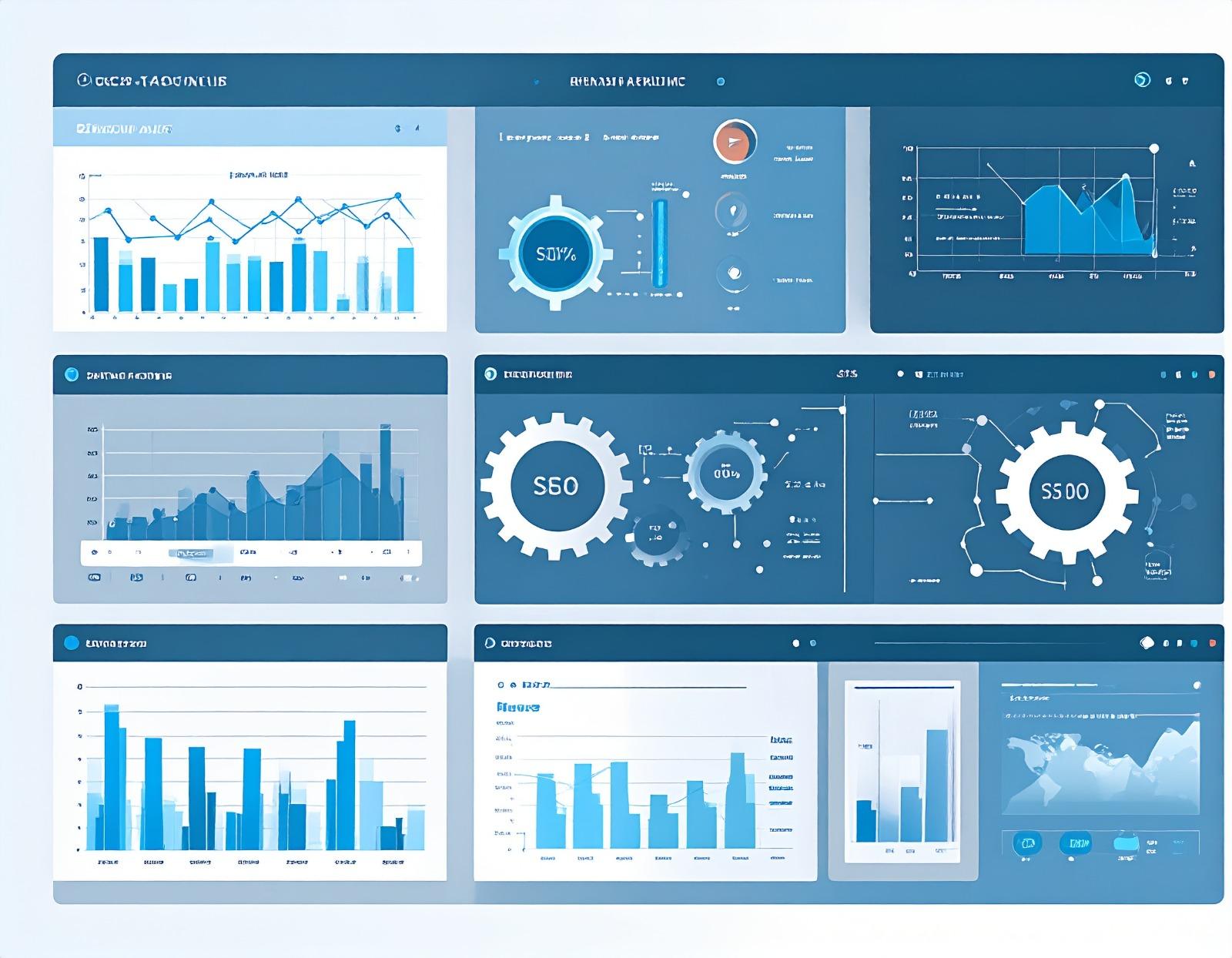Posted At: May 19, 2025 - 161 Views

Content (Formatted for CMS Editor)
Introduction
You could have the best content on the internet—but if your technical SEO isn’t right, Google may never show it. Technical SEO focuses on making your website crawlable, indexable, secure, fast, and mobile-friendly.
This 2025-ready checklist by BoomXMedia covers all the technical essentials to help your website rank higher and perform better.
1. Mobile Optimization
More than 60% of web traffic comes from mobile devices, and Google now uses mobile-first indexing. This means it crawls and indexes the mobile version of your site first.
Make sure:
Your website has a responsive design
Text and buttons are readable and tappable
Navigation is clear and simple
Popups don’t interfere with usability
Use Google’s Mobile-Friendly Test to check your site.
Tip: Don’t just test on one device—use multiple screen sizes.
2. Site Speed and Core Web Vitals
Speed is a ranking factor and a major UX signal. If your site takes longer than 3 seconds to load, users leave—and so does your SEO performance.
Focus on improving these Core Web Vitals:
Largest Contentful Paint (LCP): Should load within 2.5 seconds
First Input Delay (FID): Should be under 100 ms
Cumulative Layout Shift (CLS): Keep it below 0.1
Tools to test:
Google PageSpeed Insights
Lighthouse
GTmetrix
Optimization Tips:
Compress and lazy-load images
Use a fast, secure hosting server
Minify and combine CSS/JS files
Enable browser caching and CDN support
3. XML Sitemap and Robots.txt
An XML Sitemap helps search engines understand the structure of your site and index it efficiently.
Steps:
Create a dynamic sitemap using your CMS or plugin
Submit it in Google Search Console
Update your sitemap when new pages are added
Your robots.txt file tells search bots what to crawl and what to skip.
Make sure:
Important pages aren’t accidentally blocked
Pages like checkout, login, and admin are correctly disallowed
One wrong directive in robots.txt can de-index key pages—check it often.
4. Structured Data and Schema
Schema markup helps search engines understand your content better, which can lead to rich snippets (stars, images, pricing, FAQs) in SERPs.
Use schema types such as:
Article (for blog posts)
Product (for eCommerce)
Review (for testimonials)
FAQ (for Q&A sections)
Local Business (for service area companies)
Tools to use:
Google’s Structured Data Markup Helper
Rich Results Test
Implementing the right schema boosts CTR, visibility, and SEO trust.
Conclusion
Technical SEO is the backbone of your website’s search performance. It ensures that your amazing content can be discovered, understood, and served by search engines the right way.
At BoomXMedia, we help businesses perform comprehensive technical SEO audits and apply every fix required to boost site speed, visibility, and rankings. Whether you're launching a new website or updating an old one, our team ensures you're technically sound and search-ready in 2025 and beyond.
